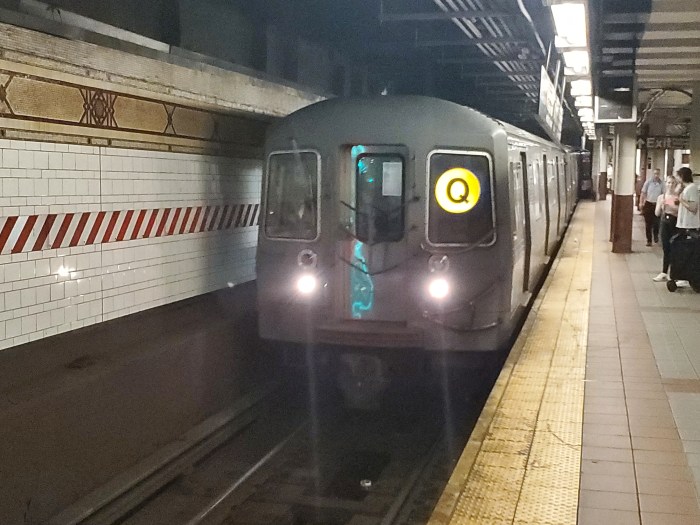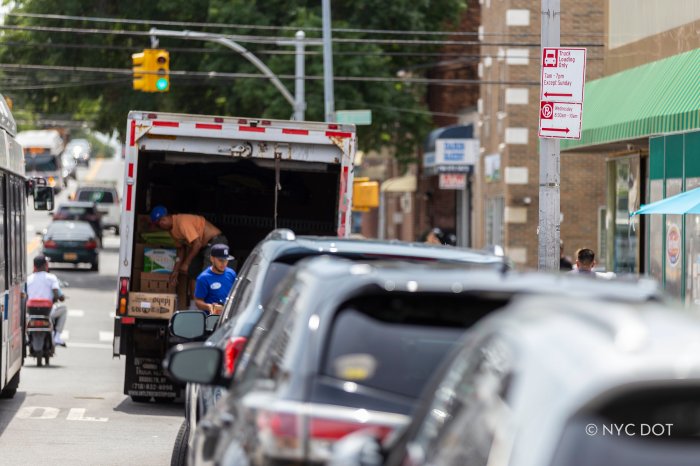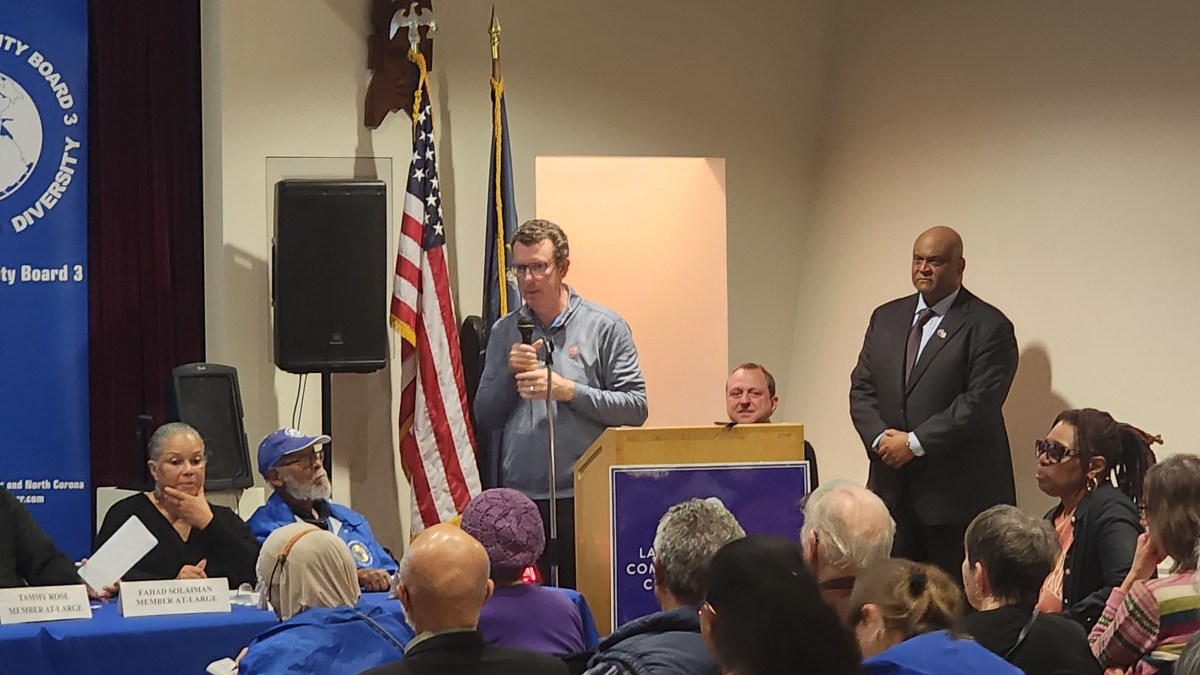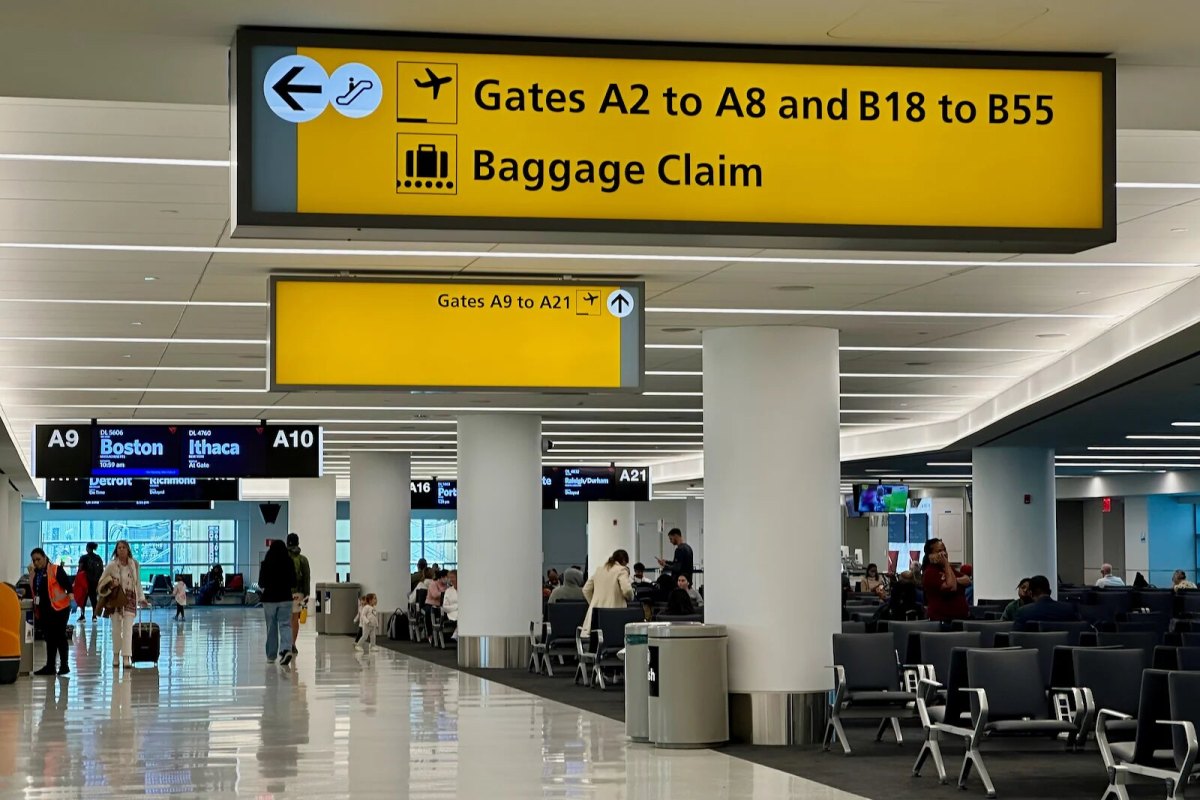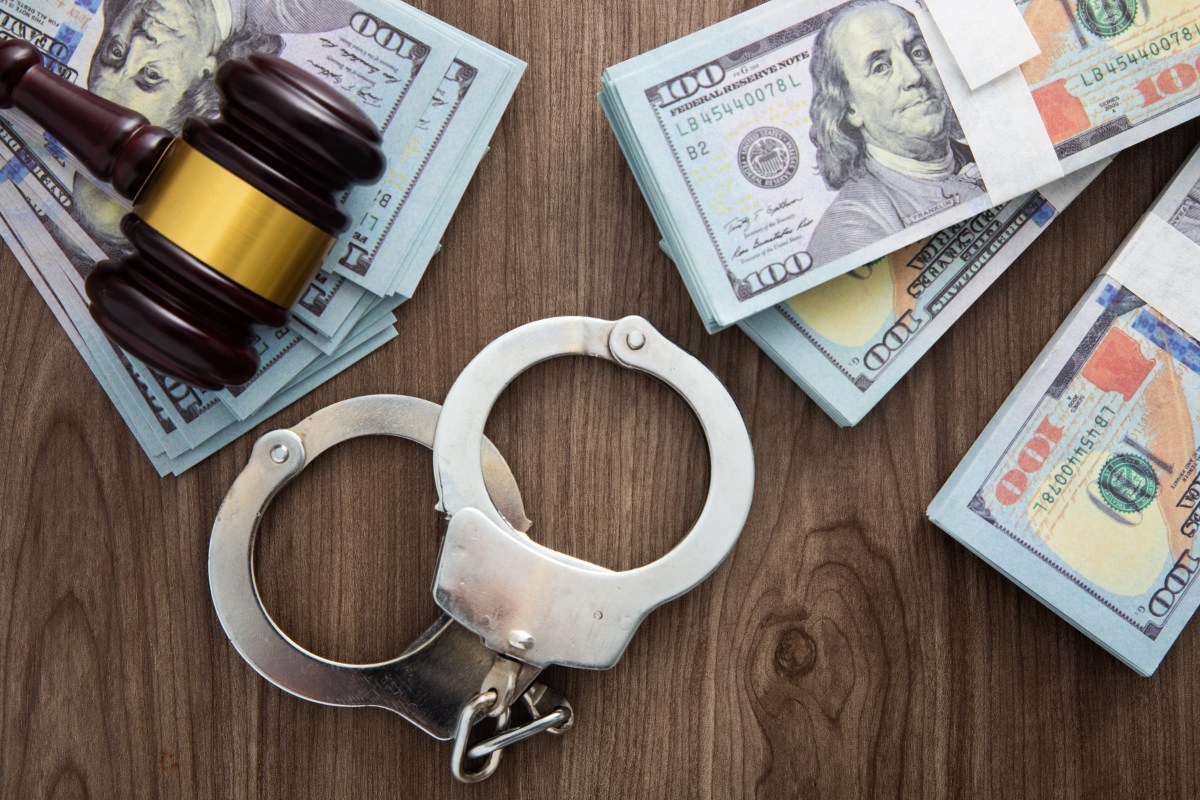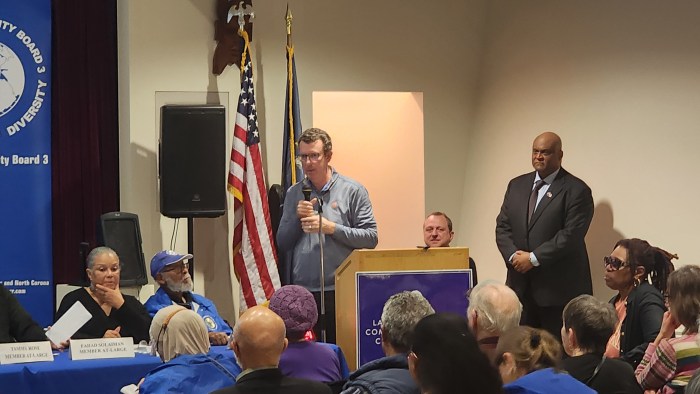
There is a subway station budding at 63rd Street amid the spools of cables hanging overhead, stacked stone slabs and wood planks blanketing the platform floor.
It is the clearest vision of the new stations on the long-awaited Second Avenue subway project to bring the Q train into the east side.
The station is 85% complete, while 82% of the entire first phase of the Second Avenue subway is finished and due to open at the end of 2016, according to Michael Horodniceanu, head of MTA capital construction, who led a pack of reporters Thursday through the stations between 63rd and 84th streets.
Behind the construction walls separating the worksite from the F train platform, the subway tunnel wall sports a “Lex 63,” in a style being tested out on white panels, and tracks have been laid with the latest vibration-dampening design. Horodniceanu said he’s 75% to 80% confident that it will open by December 2016. He said contractors meet at his office twice a week and he personally checks out the site every other week. Horodniceanu joined the MTA in 2008 and “rebaselined” the project, hiking its timeline and budget, up to $4.5 billion and fully funded.
“My quest is to make sure I get it done by December ’16,” he said, adding it’s under budget.
The project brings the Q train up to 96th Street, with stops at 72nd and 86th streets. Around 200,000 riders are estimated to use the line, which would ease the highly congested Lexington Avenue lines. There was a 2007 ground-breaking on tunnel work, but the idea for a Second Avenue subway line stretches back to the early 20th century. The first phase integrates a tunnel first constructed in the 1970s that runs from 99th to 105th streets, while another tunnel from that decade — 110th to 120th streets — will be used in the second phase in East Harlem, according to Horodniceanu.
So far, 40% of the 22,000 feet of track has been laid and key power, ventilation and signal systems behind the scenes are being installed. The last 18% of the project will concentrate on finishes on station walls, fully installing the track and making sure the equipment can work together.
When it’s finished, the Second Avenue subway stations will be unlike most others in the system. Riders will enjoy Wi-Fi while waiting for trains in air-tempered stations 10-degrees cooler than street level, in a space that is free of large bulky columns.
The MTA is pushing to get $1.5 billion for the next phase to take the Q train north to 125th Street.
“We have lots of things that we learned from this phase,” Horodniceanu said.




